Genre: Hack-‘n-Slash Developer: Sega Ent. Publisher: Sega Ent. Players: 1-2 Released: 1989
Golden Axe has the distinction of being one of the earliest video games I can remember playing. I’m pretty sure it wasn’t the first, but it certainly is one of my earliest memories from the times my father would take me to the local arcade. Similarly, it was one of the first and most beloved games I had on the Mega Drive and one of the few games that I’ve never really stopped playing.
My own experiences aside, it is worth devoting some space to putting Golden Axe in its historical context. It was released the same year as Final Fight but after the original Double Dragon in the arcades. Most beat-’em-ups at the time revolved around fighting gangs in urban settings or were heavily influenced by martial arts films. Even though Golden Axe was early enough to be a pioneer in its own right, its fantasy setting truly distinguished it from other game and really still does today.
It wasn’t just the fantasy setting but a number of other innovations that distinguished Golden Axe from the avalanche of beat ’em ups that followed Double Dragon, though. One was also the ability to ride large beasts and use them to defeat enemies. The other was the magic system which allowed players to launch devastating attacks on all enemies on screen after collecting pots from little blue thieves. The ability to select different characters with different moves and abilities was also new at the time, though this feature is now so common that it is harder to appreciate. The amazon warrior, Tyris Flare has the most devastating magic, Ax Battler (sans axe) is the all-rounder. Almost everyone’s favourite, Gilius Thunderhead, had the weakest magic but wielded a powerful axe with a long reach. So, Golden Axe though contemporary with many of the best-known games in the genre, was also a definite trailblazer.
It is an understandable, though not necessarily forgivable, aspect of arcade design that a game be both challenging and enjoyable enough to keep players paying and playing. Golden Axe manages to achieve this balance well, and back when arcade was the only option, I always felt like I got my money’s worth. One reason for this is the aforementioned magic system, which when used right, can make some of the more difficult areas much easier. Players also have an opportunity to restore their health with items from green thieves, beginning from the end of the second stage. Once you learn the levels a bit better, there are even a few pits and falls here and there that can be used to quickly dispose of enemies by kicking or throwing them in.
The main reason that Golden Axe achieves this balance is that unlike many other games in the genre, it doesn’t make things difficult simply by repeatedly sending large clusters of enemies at the players. It is far more balanced with this, and even from the first stage slowly introduces new enemies and enemy combinations, allowing the player to get used to each type. The most difficult regular enemies would be the skeletons, who don’t attack in numbers until the third stage but appear, at least initially, in manageable groups. They are the only enemies that I would allow to be considered “cheap,” and this is mainly because they have a similar move set to the player characters. I personally found them more difficult than the larger enemies, including the knights. Even the game’s final boss, Death Adder, is mainly difficult because he is accompanied by relentless skeleton minions.
The main criticism I had with Golden Axe is that it is very short, and I feel this is so even compared to its contemporaries. Going from beginning to end should really take no more than 30 minutes. With that said, there is a lot of variety in the areas you do traverse including most notably a ride on a giant eagle. You also never really get stuck anywhere fighting waves of enemies which is a common way similar games are lengthened. Something additional to consider is that the Mega Drive added two additional stages which didn’t improve the game’s overall quality. Golden Axe merits being described as “short but sweet.”
Indeed, I don’t think there are many games I have replayed more than Golden Axe. My combined playtime of the arcade game and the Mega Drive port probably exceeds the total playtime I’ve had on many much lengthier games. Playing through it again for this review though, I was reminded that Golden Axe is truly best with a second player. That’s how I would recommend anyone that somehow hasn’t played it to experience it.
Golden Axe has a modest direct legacy of one direct arcade sequel, along with some spin-offs and two other direct console sequels. While I think well of the arcade sequel, I don’t think anything has quite beat out the original to this day. Despite approaching close to thirty years since its release as I write, the game still holds up very well today. Luckily, there are still plenty of ways to try it.
SCORE: 9 out of 10

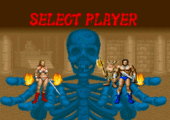
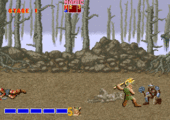
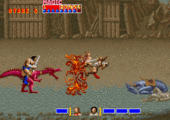
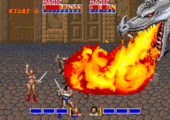
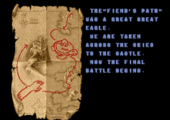
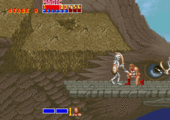
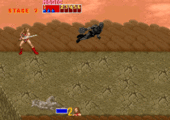
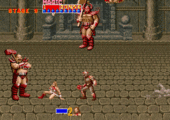

Recent Comments